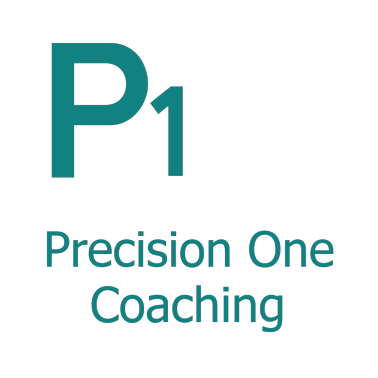Overcoming Plateaus in Your Fat Loss Journey
Are you someone who has been dieting for a while and seen some success, only to hit a sticking point?
Perhaps this has happened before during past dieting attempts, leading you to lose track?
Hitting a plateau can be frustrating, but it’s important to understand that this is simply part of the process. Whenever I work with clients, I emphasize the idea of starting with the ‘Minimal Effective Dose’ when planning nutrition and training. This approach means planning for the least amount of exercise while consuming the greatest number of calories to achieve the desired result.
Why Do I Use the ‘Minimal Effective Dose’ Approach?
When pursuing a fat loss transformation, you will eventually encounter roadblocks. When that time comes, it’s essential to have strategies in place to continue progressing.
So, what can you do if you find yourself stuck?
1. Reflect on Your Current Habits – Keep a Food Log
This may seem basic, but it’s a crucial step. Many of the clients I work with reach a point where they take their eyes off the ball.
Fat loss transformations take time, and as the journey progresses, it can feel tedious. This often leads to poor habits creeping into a person’s daily routine, causing them to drift away from the original plan that brought them success. By keeping a food log and reflecting on your current habits, you can identify areas that need to be adjusted to get back on track.
2. Schedule Diet Breaks
Fat loss transformations take time, so scheduling structured breaks can be beneficial both psychologically and physiologically. Not only does it give you a chance to reset, but it also serves as a motivational tool with a clear short-term goal.
However, these breaks should be structured, meaning you’ll still maintain control while consuming a slightly higher number of calories for a short period (e.g., 1-2 weeks). You’ll continue tracking your caloric intake and making balanced choices, but you can increase your intake by 200-500 calories per day, depending on the individual.
3. Consider A Change
For many people, especially those carrying more excess body fat, no drastic changes are necessary in the early stages of a transformation. Focusing on tracking and small adjustments (like the ones mentioned above) is usually enough.
However, at some point, change will be needed. This is especially true for leaner individuals who will likely hit a plateau earlier. Those carrying more weight may experience slower results or plateau after losing around 10% of their starting body weight. This is known as Metabolic Adaptation (or Adaptive Thermogenesis).
Simply put, as you lose weight, your body adapts by slowing the process to conserve energy. This results in a natural reduction in energy output through NEAT (Non-Exercise Activity Thermogenesis) and NENAT (Non-Exercise Non-Activity Thermogenesis). These are the smaller, non-exercise movements like walking, fidgeting, and even sitting upright.
As a result, you may need to adjust your food intake or activity levels. A simple change like setting a daily step goal can be a great starting point.
Conclusion
Fat loss transformations take time, and it’s normal for progress to slow down at times. When this happens, take a moment to reflect on what you can improve. Recognize that in time, small changes will be needed to continue moving forward.



